Alchemy and its Mute Language
Article By Agostino Dominici
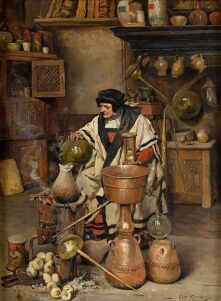 To spread and transmit its teachings, Western alchemy has often resorted to the visual arts, with their symbolic and imaginative language. This fact should not surprise us if we take into account that ‘working according to nature’ is the modus operandi of the alchemist. In other words, if one sets out to discover the hidden laws of nature and its cycles of transformation, he must adopt nature’s language. And since the language of nature is mute1 and expresses itself only through symbols and analogies, he cannot help but follow the same method.
To spread and transmit its teachings, Western alchemy has often resorted to the visual arts, with their symbolic and imaginative language. This fact should not surprise us if we take into account that ‘working according to nature’ is the modus operandi of the alchemist. In other words, if one sets out to discover the hidden laws of nature and its cycles of transformation, he must adopt nature’s language. And since the language of nature is mute1 and expresses itself only through symbols and analogies, he cannot help but follow the same method.
To shed some light on the intricate theories and doctrines that populate the world of alchemy, a conceptual and rational language, which is directed to the left hemisphere of the brain, will be sufficient. But to effectively convey the intrinsic and infinite potential of the ‘Royal Art’ and its transformative practice, one must make use of a persuasive and compelling language. A language that is directed to the right hemisphere of the brain, where intuition and creative imagination reside. Many esoteric traditions have often emphasised the importance of the active or creative imagination and alchemy is no exception.
The images found in the alchemical iconographic tradition function as intermediaries leading to the mundus imaginalis2 (imaginal world). A world which is as real as the world of the senses and which is said to lie in between the physical and the purely spiritual realm (also termed mesocosm, metaphysical or middle world). For the alchemist, metaphysical knowledge or the knowledge concerning the inner workings of nature, is a type of knowledge which is better depicted than described.
The use of a coded and symbolic language also has a historical motivation, stemming from the fact that the hieroglyphics of ancient Egypt, popularised in Europe during the Renaissance, were considered to be a sacred script that was not phonetic but ideographic. The alchemists, influenced by this discovery, soon began to transmit their esoteric knowledge with tabulae pictae (painted boards) or emblemata (sets of emblems) often accompanied by short hermetic mottos to be used during meditation. This is why we find literally thousands of images and diagrams scattered throughout the alchemical and hermetic literature.
It is important to remember that in antiquity, the symbol was understood as the bridge connecting us to the metaphysical and invisible side of reality. Thus, Plotinus in his Enneads tells us that: the Egyptian sages […]when they desired to represent things through wisdom [Sophia] did not use letters descriptive of words and sentences […] but drew pictures (Enneads V.8.6).
There are a few other reasons why the alchemists in their communication favoured an ‘obscure’ or mute language. Those alchemists who, in the eyes of the Church, expressed their unorthodox views too explicitly, risked being persecuted, if not burned at the stake! Therefore, the spiritual or metaphysical purpose of alchemy often had to be cloaked in a chemical or metallurgical language so that, for instance, the transformation of coarse into noble metals could mask the psycho-spiritual evolution of the alchemist himself. Depictions of operations performed in the laboratory also become the means to transmit subtler teachings or experiences.
There is another interesting fact worth mentioning. From the very beginning of the alchemical tradition, there was an underlying ethical motive, which intentionally made its language hostile to those who were considered unworthy of its lofty teachings. Thus, for instance, in the Rosarium philosophorum (c. 1550 AD) we find the following statement: “Whenever we have spoken openly we have [actually] said nothing. But where we have written something in code and in pictures we have concealed the truth.” And in the Turba Philosophorum (c. 800 AD) we read: “Nature is one, and they all agree and say the same. But fools take words as we say them… They, on the other hand… must go back to our intention, and not hold to the letter…” And the intention of the alchemist is precisely to develop an intuitive faculty which can aid the correct understanding of the alchemical process which is taking place within and without himself.
In summary: (1) alchemical imagery is the training ground for the development of intuition and imagination. (2) each visible process in nature is like a metaphor, which hides an invisible cause (a certain power) which the alchemist through his inner practice and intuition must seek and find. And (3) the symbols encountered in nature (animals, plants, geometric forms and numerical symbolism) or depicted on alchemical textbooks ‘are keys, doorways and pathways into the inner spiritual realms’3.
Image Credits: By http://www.duesseldorfer-auktionshaus.de/ | Wikimedia Commons | CC BY PD
The entity posting this article assumes the responsibility that images used in this article have the requisite permissionsImage References
By www.duesseldorfer-auktionshaus.de/ | Wikimedia Commons | CC BY PD
Permissions required for the publishing of this article have been obtained
Article References
NOTE 1) Incidentally, one of the most famous alchemical texts, consisting entirely of images, is called Mutus Liber. C.G. Jung, who studied and owned a copy of this text, used it extensively to illustrate his work Psychology and Alchemy. 2) This term was coined by the philosopher Henry Corbin who asserted that ‘Nature’ communicates through images, but not through the passive form of imaging that we associate with daydreaming or dreaming in our sleep, but rather through an active form of imaging which has to be developed through practice. 3) Quoted in Adam Maclean’s book The Western Mandala.
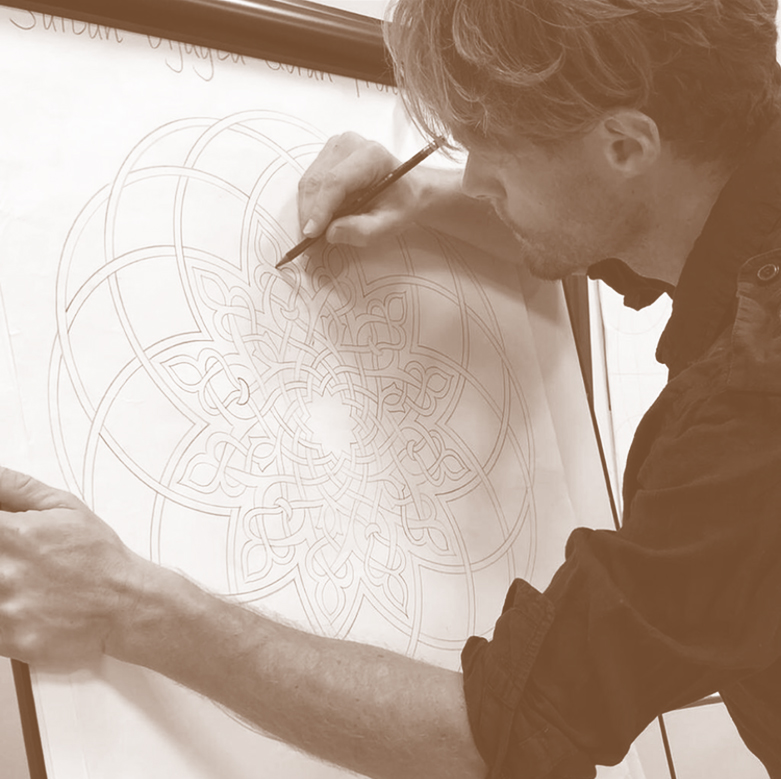
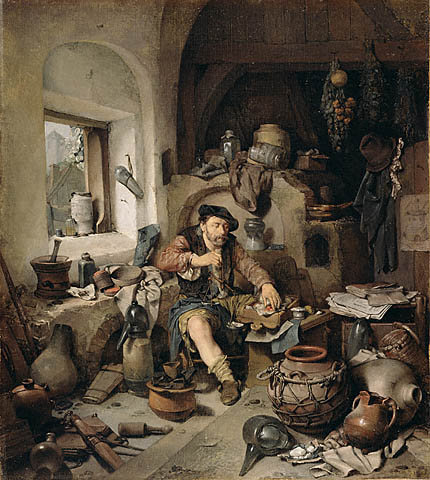
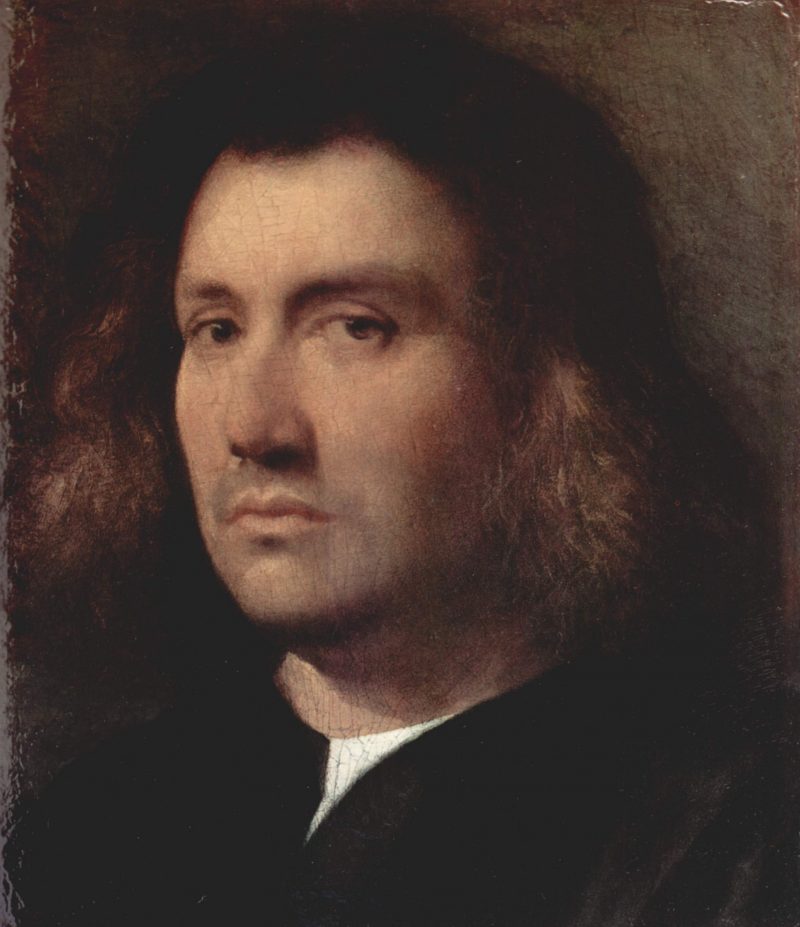
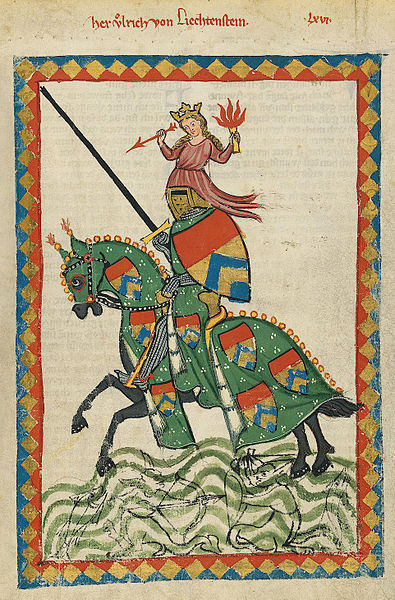
What do you think?